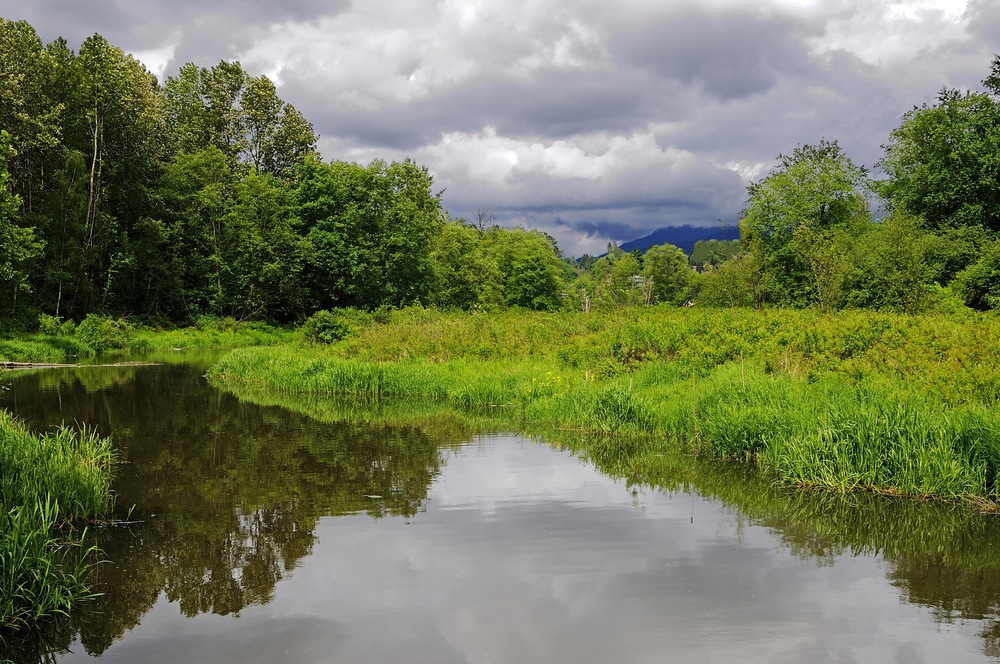Under the federal Species at Risk Act (SARA), identification of habitat critical to a species’ survival is required by law. SARA requires critical habitat to be identified in recovery strategies to the fullest extent possible.
Environmental groups filed a lawsuit against the federal Minister of Fisheries and Oceans for refusing to identify critical habitat — contrary to scientific advice — and weakening the recovery for the Nooksack dace, an endangered fish that lives in small streams in B.C. Fraser Valley, east of Vancouver.
The lawsuit argues that failure to identify critical habitat in the recovery strategy represents a refusal by the federal government to enforce SARA.
The Nooksack dace case (Environmental Defence Canada et al. v Minister of Fisheries and Oceans, 2009 FC 878) concluded Sept. 10, 2009 with a sweeping judgment in our client’s favour.
The judgment means that government must identify critical habitat to the greatest extent possible, and cannot use scientific uncertainty to delay critical habitat identification.
The ruling pinpointed the government’s unlawful habit of failing to identify critical habitat and described the case as “a story about the creation and application of policy by the Minister in clear contravention of the law, and a reluctance to be held accountable for failure to follow the law.”
As a result of this win, numerous other recovery strategies for species ranging from tiny snails to massive whales will have to be strengthened.
The Nooksack dace judgment embraces a definition of critical habitat that includes essential ecological attributes needed for an endangered species to survive. This will assist many species — including resident killer whales that need protection from acoustic disturbances, pollution and depletion of salmon prey.

